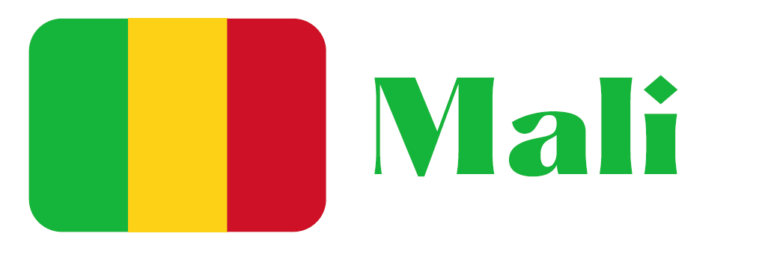Equatorial Guinea
Equatorial Guinea is a small African nation located on the western coast of Central Africa. It is bordered
by Cameroon in the north and Gabon to the east and south. It’s known for its rich oil reserves, diverse
culture, and unique history. Let’s take a closer look at the history of this fascinating country.
Equatorial Guinea has a long and varied history that dates back thousands of years. In pre-colonial
times, it was inhabited by several different ethnic groups, such as the Fang, Bubi, Ndowé, Bujeba and
Balengue peoples. These groups had their own distinct cultures and languages that still exist today.
In 1472, the Portuguese explorer Fernão do Pó became the first European to visit the area. The
Portuguese eventually established trading posts along the coast and even attempted to colonize parts of
what is now Equatorial Guinea but were unsuccessful due to resistance from local tribes. Other
European nations soon followed suit, with Spain claiming sovereignty over most of present-day
Equatorial Guinea in 1778.
In 1968, Equatorial Guinea gained independence from Spain under President Francisco Macías Nguema
who quickly imposed a brutal dictatorship on his people. He declared himself president for life in 1972
and ruled until he was overthrown in 1979 by his nephew Teodoro Obiang Nguema Mbasogo who has
been president ever since. Under his rule, he has instituted several reforms aimed at modernizing
Equatorial Guinea while also maintaining an authoritarian grip on power which earned him criticism
from human rights organizations worldwide. In recent years however, he has made efforts to improve
economic conditions in Equatorial Guinea through increased foreign investment into oil production as
well as other industries such as tourism and fishing.
The flag of Equatorial Guinea consists of three horizontal stripes—green for natural resources; white for
peace; red for progress—and a blue triangle on the left side containing an image of Santa Isabel
Cathedral in Malabo, the capital city. The current population stands at 1.3 million people with Spanish
being its official language although French and Portuguese are also spoken throughout the country due
to its colonial past as well as numerous local dialects belonging to various ethnic groups living there such
as Fang and Bubi peoples among others.
Equatorial Guinea is an incredibly diverse nation with a long history that stretches back millennia before
European colonization began in the 15th century when Portuguese explorers arrived on its shores
looking for new trade routes between Europe and Asia Minor. After gaining independence from Spain in
1968 under President Francisco Macías Nguema it was ruled by his nephew Teodoro Obiang Nguema
Mbasogo until present day where he has implemented several economic reforms aimed at improving
living standards while still facing criticism from Human Rights organizations due to his authoritarian rule
over this African nation whose flag consists of three horizontal stripes—green for natural resources;
white for peace; red for progress—accompanied by a blue triangle containing an image of Santa Isabel
Cathedral located in Malabo –the capital city–whose population currently stands at approximately 1.3
million people speaking languages native to them or coming from their colonial past such as Spanish or
French amongst other dialects still spoken in rural areas by some ethnic minorities like Fang or Bubi
peoples among others making it one truly unique place worth learning more about!







